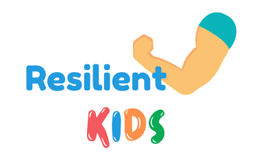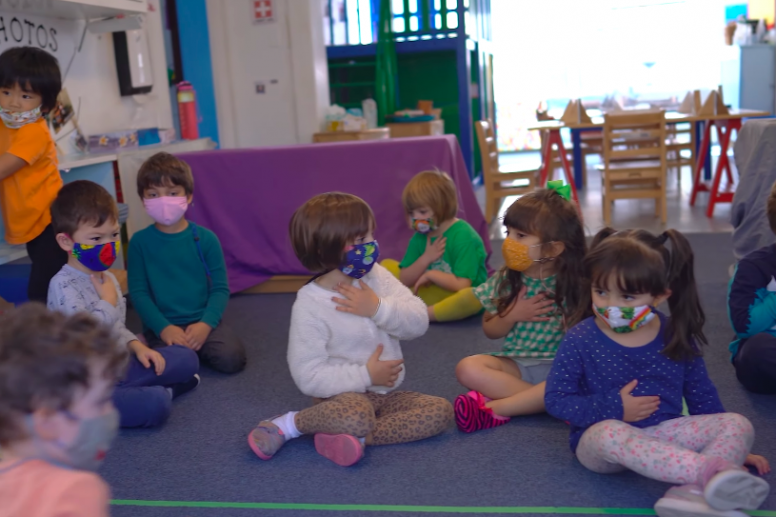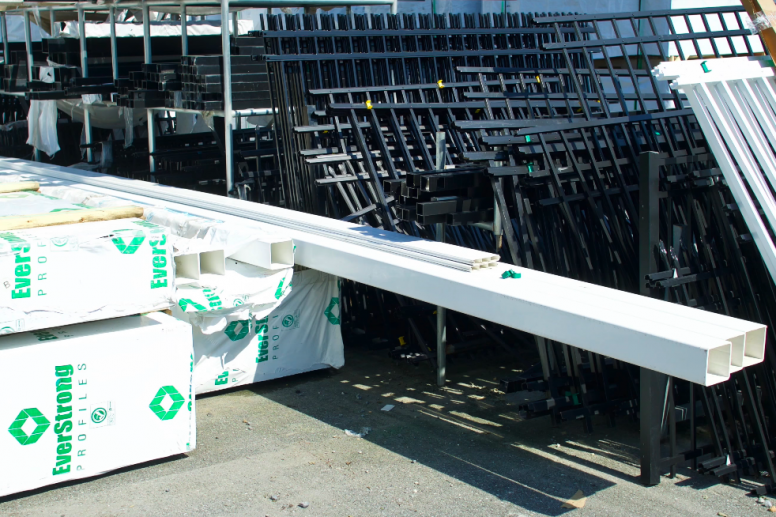A fence is a physical barrier made of posts, rails, wire mesh, etc. made of wood or metal that serves as a boundary or a measure of protection. We require a fence to safeguard our youngster from these developmental issues.
Emotion is the state of being that is stirred up or disturbed. The Latin word “emovere,” which means to agitate or stir, is where the word “emotion” originates. Humans become agitated or excited when they feel fear, disgust, joy, wrath, grief, and other emotions. Impulses, sentiments, psychological reactions, and bodily reactions all fall under the umbrella term “emotions.”
The factors affecting the emotional development of children are as follows:
Family
Children are initially exposed to their families. A child’s development is impacted by the surroundings they are exposed to when they are with their family because they experience emotions connected to these events. A youngster is more prone to have bad emotions if they come from a family where abuse, violence, and the like are common. Therefore, it is essential for emotional growth to have a happy family setting.
Environment
The type of environment a child is exposed to during their formative years is also crucial and affects how they …




